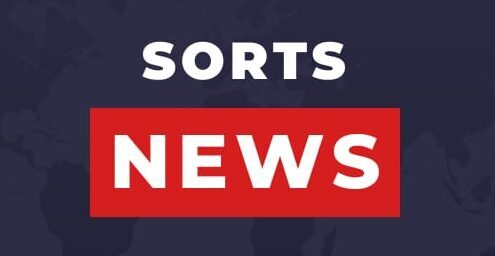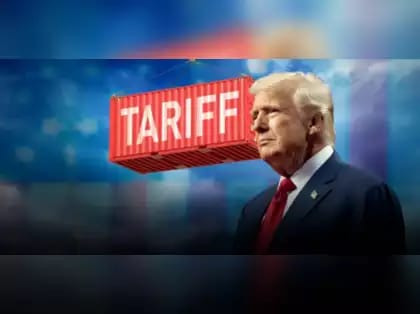What Are Tariffs? Why Do Countries Use Them? Who Really Pays?
Have you ever wondered why some imported products are more expensive than others? That’s because of tariffs—a type of tax that governments place on goods coming from other countries. But why do they do this? And who actually ends up paying for it? Let’s break it down in simple terms!
What Is a Tariff?
A tariff is a tax on imported goods. When a product is brought into a country, the company that imports it has to pay a fee to the government. This tax can be:
- A percentage of the product’s price (ad valorem tariff)
- A fixed amount per item (specific tariff)
- A mix of both (compound tariff)
But here’s the real question—who actually pays for this? Keep reading!
Why Do Countries Use Tariffs?
Governments don’t just impose tariffs for fun. There are three main reasons:
1. Protecting Local Businesses
Imagine you own a small shoe company. If foreign brands sell shoes in your country at super low prices, your business might struggle. Tariffs make imported products more expensive, encouraging people to buy local goods instead. This helps local industries grow.
2. Generating Government Revenue
Not all countries collect a lot of income tax, so tariffs bring in money for the government. This revenue can be used for public services like roads, schools, and healthcare.
3. Balancing Trade
If a country buys more than it sells (trade deficit), tariffs can make imports costlier, encouraging people to buy local products instead. This can help balance trade and strengthen the economy.
Who Really Pays for Tariffs?
Here’s where it gets tricky!
Technically, importers pay the tariff at customs. But do they just take the loss? Nope! They usually:
✅ Increase the price of their products (so you, the customer, pay more)
✅ Absorb some costs (reducing their profits)
✅ Ask the exporting country for lower prices (sometimes successful, sometimes not)
So in the end, consumers end up paying more for imported goods!
How Are Tariffs Enforced?
In the U.S., the Customs and Border Protection (CBP) ensures that tariffs are collected at airports, seaports, and border crossings. Imported goods are categorized using a special code system (Harmonized System) to determine the correct tariff amount.
💡 If companies try to cheat the system by underreporting prices or mislabeling goods, they can face big fines!
Final Thoughts
Tariffs impact everything from international trade to the price you pay at the store. They protect local businesses but can also make imported goods expensive. So next time you see a high price tag on a foreign product, you’ll know why!
🔹 Do you think tariffs help or hurt consumers? Share your thoughts in the comments!

